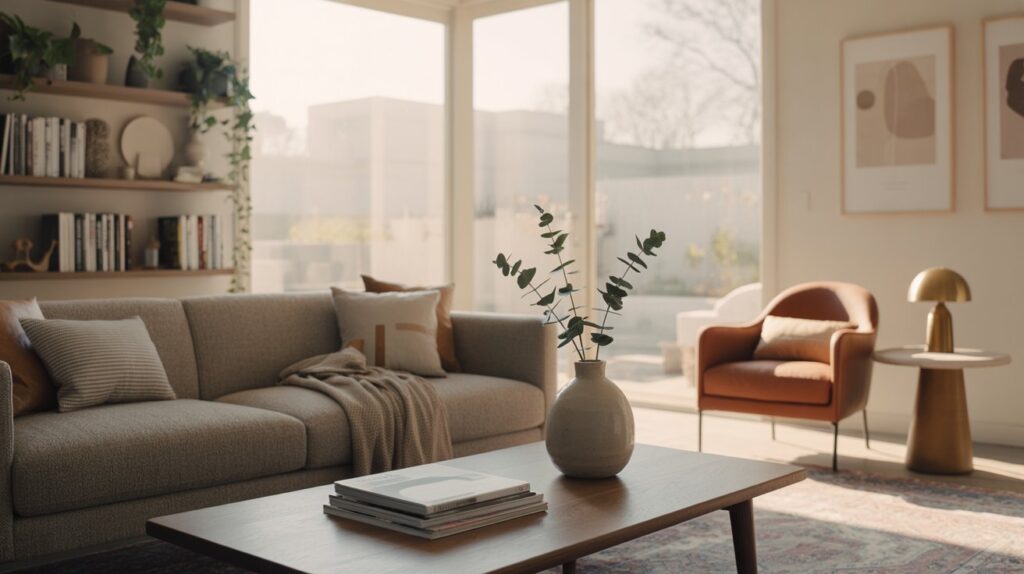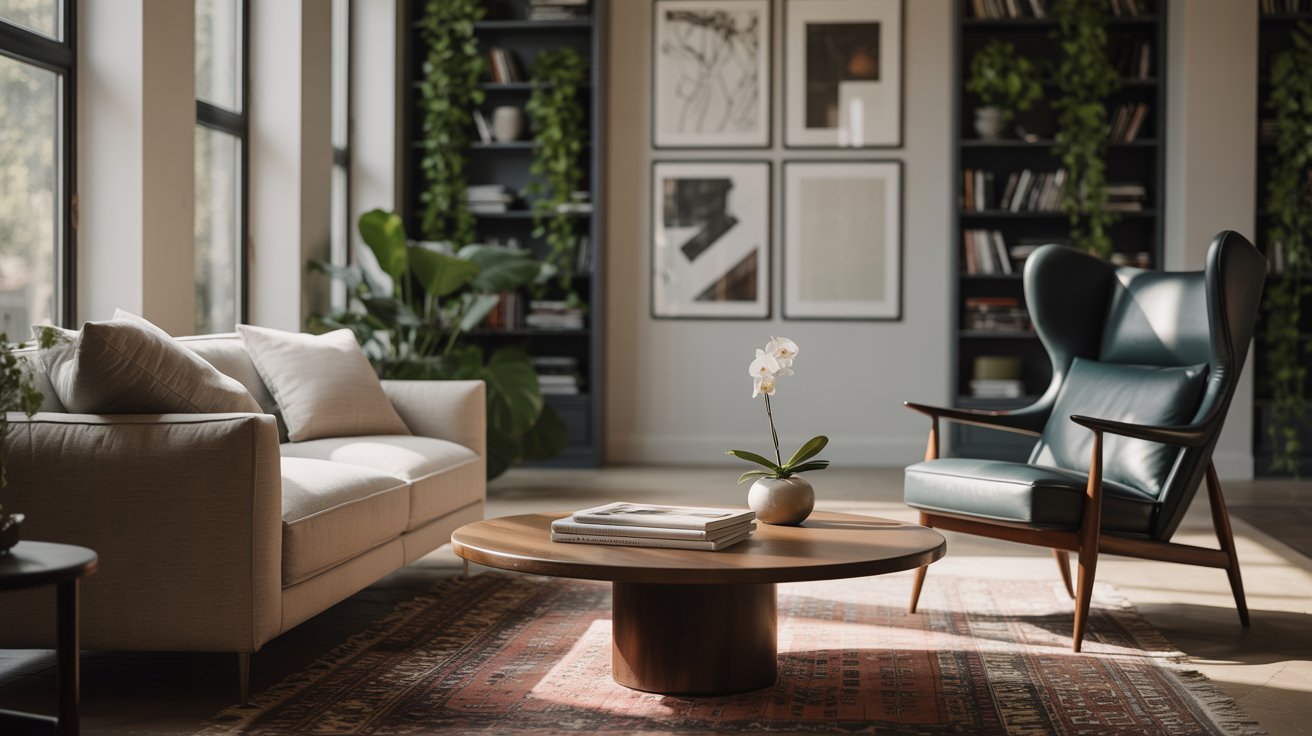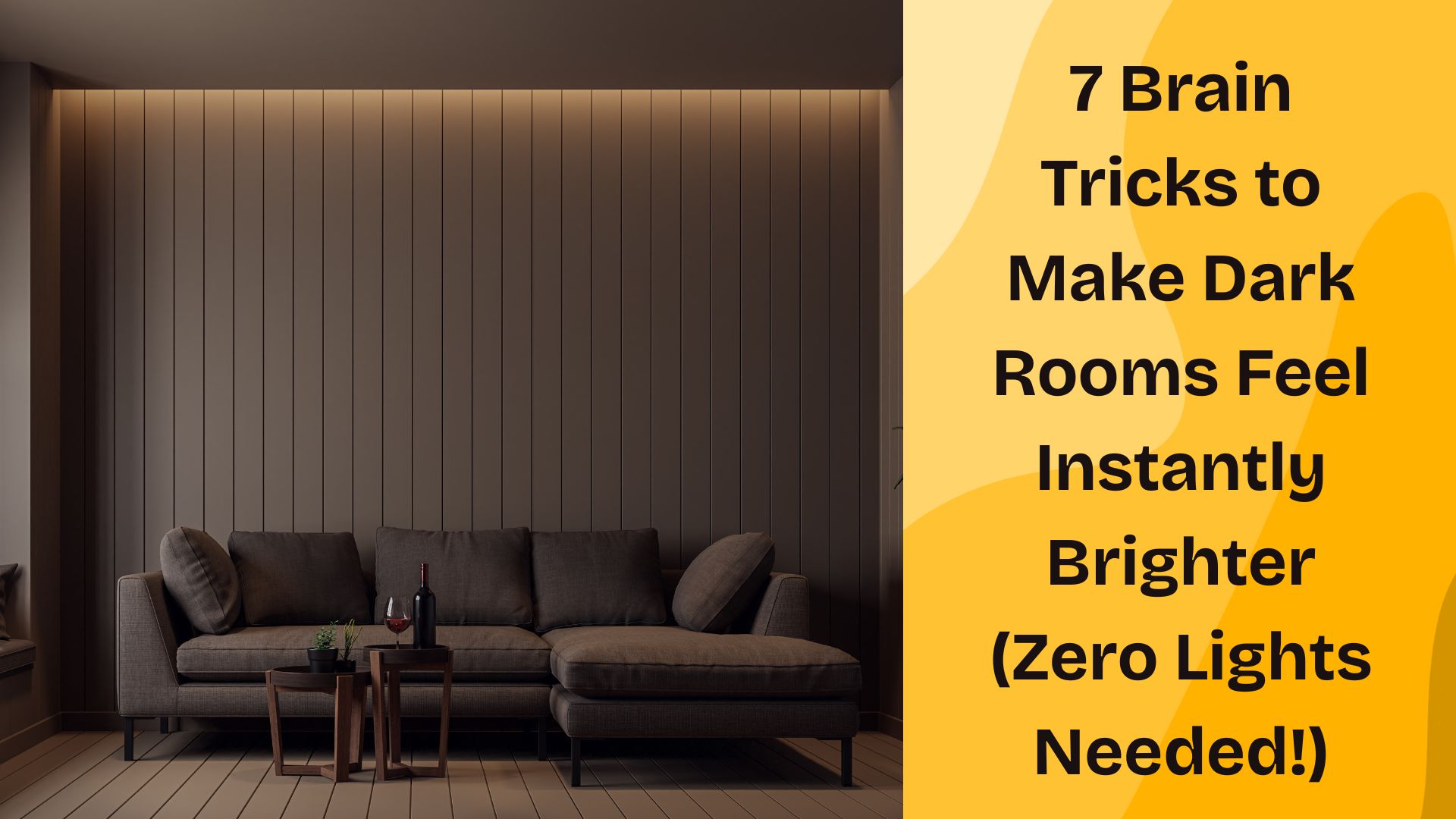Author: Er. Faisal Qureshi
Interior Design Enthusiast | Engineer .
Meta Description:
Confused about how to choose the right furniture for your home? This practical guide by Er. Faisal Qureshi helps you pick the perfect pieces for every room — with expert tips on style, comfort, and space optimization.
Why This Guide Matters
As someone with hands-on experience in engineering and design planning, I’ve helped countless people optimize their spaces — from functional home offices to warm and inviting living rooms. Furniture isn’t just about looks; it’s about how it supports your lifestyle.
In this blog, I’m sharing practical, real-life insights on how to choose furniture that works for you, not against you — with both aesthetics and usability in mind.

1. Start With the Space You Have — Not the Furniture You Want
Keywords: furniture for small spaces, how to choose furniture
One of the biggest mistakes people make is buying a piece they fall in love with — only to realize it doesn’t fit. Start with your room’s dimensions and layout. Measure twice, buy once.
Tip: Use digital floor plan apps to visualize how furniture will fit. Leave at least 2 feet of walkable space between large items like beds and couches.
2. Match Furniture to Function First, Then Style
Keywords: choosing furniture, home furniture tips
Think of each room as a workstation: What is it supposed to help you do?
- Living Room? Comfort and conversation.
- Bedroom? Rest and relaxation.
- Home Office? Focus and productivity.
Once you’re clear on the room’s function, pick a style that supports it. A sleek metal desk might suit your workspace, while a cozy velvet chair is perfect for a reading corner.
3. Comfort Is King — Don’t Sacrifice It for Style
Keywords: best furniture for comfort, ergonomic furniture
In my experience, the furniture you’ll use the most should be the most comfortable. A trendy chair that looks good but causes back pain is a regret waiting to happen.
Before buying:
- Sit, lie down, or test the item if possible.
- Read detailed customer reviews.
- Look for lumbar support in chairs and durable foam cushions for sofas.
4. Understand Materials: Longevity vs. Aesthetics
Keywords: wood vs metal furniture, durable furniture
Materials dictate both durability and maintenance. Here’s what I recommend:
| Material | Best For | Pros | Cons |
|---|---|---|---|
| Solid Wood | Tables, Bedframes | Timeless, sturdy | Heavier, pricier |
| Engineered Wood | Shelves, cabinets | Affordable, lightweight | Less durable |
| Metal | Chairs, frames | Modern, strong | Can feel cold |
| Fabric | Sofas, headboards | Warm, customizable | Needs care |
Choose based on your usage, family needs (especially with pets or kids), and climate (humidity affects wood).
5. Scale and Proportion Matter
Keywords: interior décor tips, furniture size guide
Furniture should feel balanced in your space. Avoid overpowering small rooms with oversized sectionals. Go for sleek, leggy designs that keep the room airy.
Rule of Thumb:
- Coffee tables should be two-thirds the length of your sofa.
- Dining chairs need at least 24 inches of space per person.
- Beds should leave at least 30 inches on either side for movement.
6. Layer Color and Texture for a Designer Look
Keywords: furniture color matching, home design tips
A cohesive color palette brings harmony. Use the 60-30-10 rule:
- 60% Main Color (walls, big furniture)
- 30% Secondary (rugs, curtains)
- 10% Accent (cushions, artwork)
Mixing textures — like leather with wood, or linen with metal — adds richness and personality.
7. Room-Specific Furniture Tips
Living Room:
Focus on comfort + layout. Choose sectionals or modular seating if you entertain often. Add side tables and soft lighting.
Bedroom:
Never skimp on the mattress or bed frame. Choose nightstands with drawers for extra storage.
Dining Room:
Match table size to both space and people. Consider extendable tables for flexibility.
Home Office:
Ergonomic chair, height-adjustable desk, and good lighting are key. Add a shelf for organization.
8. Invest Where It Matters Most
Keywords: quality furniture investment, long-lasting furniture
You don’t need to spend a fortune on every piece. But it’s wise to invest in the core items — sofas, mattresses, and work chairs. These affect your comfort and health daily.
Final Thoughts
Choosing the right furniture is part art, part science. As an engineer and design strategist, I’ve learned that thoughtful selection pays off for years to come. Don’t rush it — measure your space, understand your needs, and choose pieces that reflect both your personality and lifestyle.



